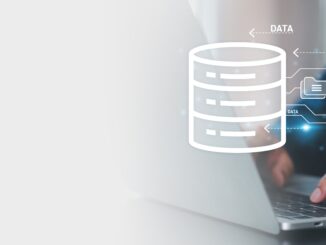ClickHouse does not directly support Transparent Data Encryption (TDE) in the same way that some other database systems do, such as Oracle or SQL Server, which provide built-in TDE capabilities to automatically encrypt database files. However, you can achieve encryption of data stored by ClickHouse using filesystem-level encryption or by using encrypted disks. This way, the data at rest, including ClickHouse’s data directories and logs, can be protected transparently to the application.
Here are the general steps and considerations for configuring encryption for ClickHouse using filesystem-level encryption methods:
1. Using Filesystem-Level Encryption (e.g., LUKS for Linux)
LUKS (Linux Unified Key Setup) is a standard method for Linux disk encryption. It can be used to encrypt entire disks, including those used by ClickHouse for data storage.
Steps to Configure LUKS:
- Install the Required Tools:
sudo apt-get install cryptsetup
- Setup Encryption on a New Disk:
- Prepare the Disk: Assuming
/dev/sdxis your target disk (replace/dev/sdxwith your actual disk identifier).
- Prepare the Disk: Assuming
sudo cryptsetup luksFormat /dev/sdx
- Open the Encrypted Device: This command mounts the encrypted disk to a device mapper, here named clickhouse_encrypted.
sudo cryptsetup luksOpen /dev/sdx clickhouse_encrypted
- Create a Filesystem:
- You can use any filesystem that is supported by your OS;
ext4is commonly used:
- You can use any filesystem that is supported by your OS;
sudo mkfs.ext4 /dev/mapper/clickhouse_encrypted
- Mount the Encrypted Disk:
- Create a mount point, for example,
/var/lib/clickhouse:
- Create a mount point, for example,
sudo mkdir /var/lib/clickhouse
sudo mount /dev/mapper/clickhouse_encrypted /var/lib/clickhouse
-
- Ensure that the ClickHouse user has the appropriate permissions to access this directory.
- Configure ClickHouse to Use the Mounted Directory:
- Adjust the ClickHouse configuration to use the mounted encrypted disk for storing data and logs. This is typically set in the
config.xmlfile of ClickHouse under the<path>and<logger>sections.
- Adjust the ClickHouse configuration to use the mounted encrypted disk for storing data and logs. This is typically set in the
- Automate the Mount Process:
- Edit
/etc/fstabto mount the disk on boot. - Use
/etc/crypttabto prompt for the encryption passphrase or use a key file during the system startup.
- Edit
2. Using Encrypted Block Storage in Cloud Environments
If you are running ClickHouse in a cloud environment (AWS, GCP, Azure, etc.), you can leverage the block storage encryption features provided by these platforms:
- AWS: Enable encryption on EBS volumes using KMS.
- Azure: Use Azure Disk Encryption, which integrates with Azure Key Vault.
- GCP: Use persistent disks with encryption enabled.
Best Practices and Considerations
- Backup: Ensure that your backup strategy accounts for the encrypted data. Backups must also be secured appropriately.
- Performance: Test the performance impact of encryption, as it may introduce some overhead depending on the workload and the encryption method.
- Security: Manage encryption keys securely. If using a manual key management approach, ensure that keys are stored in a secure location and access is controlled.
By following these steps, you can configure ClickHouse to store data on encrypted disks, effectively achieving data-at-rest encryption and enhancing the security posture of your data stored in ClickHouse.
ClickHouse Monitoring: How to add ClickHouse to Percona Monitoring & Management
Optimizing High-Velocity, High-Volume ETL Operations with Data Skipping Indexes in ClickHouse
Troubleshooting Inadequate System Resources error in ClickHouse


